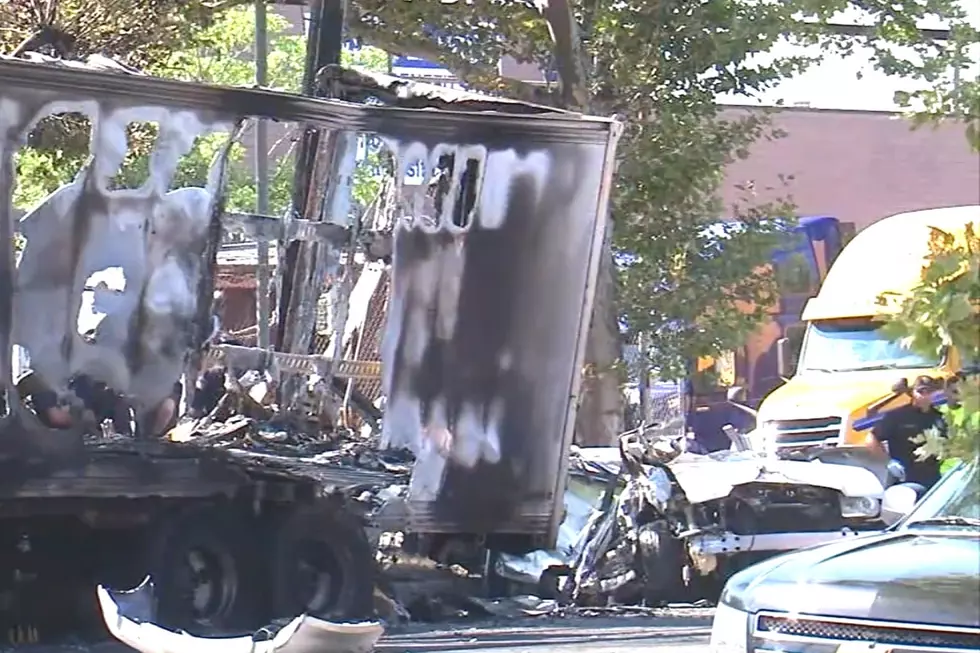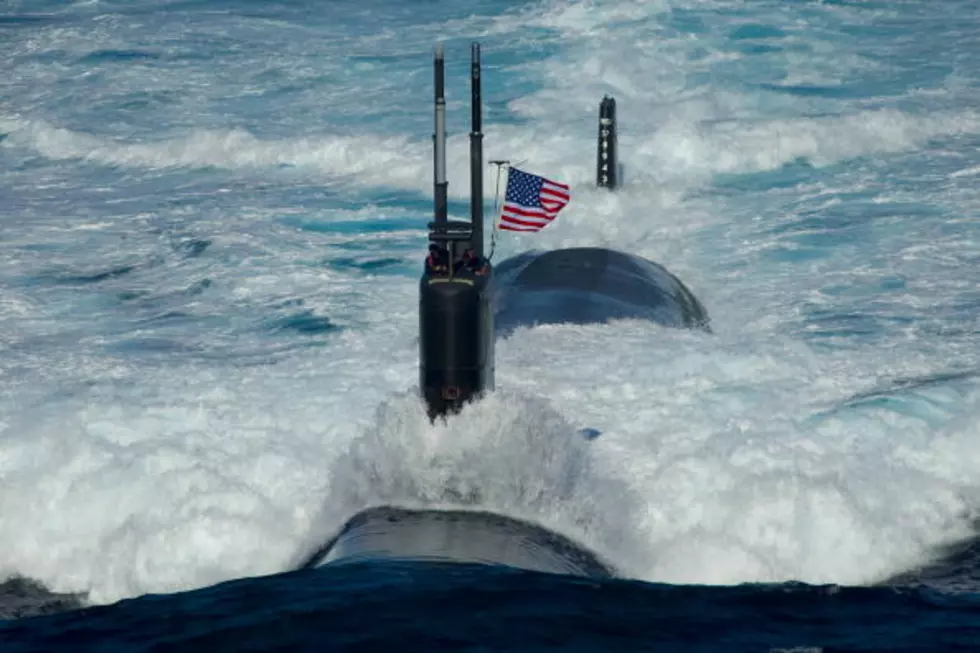
Navy Chopper Crashes Off Virginia, Killing 2
A Navy helicopter with five crew members crashed into the ocean off the Virginia coast during a routine training mission Wednesday, killing two crew members and leaving two in the hospital, the U.S. Navy said. Rescuers searched into the night for a fifth sailor.
The Navy said the identity of the dead crewmen would be released 24 hours after their families were notified.
The two who died were among four crewmembers hoisted from the 42-degree waters by a Navy helicopter and taken to a hospital, the Navy said in a statement. The two surviving sailors were being treated at Sentara Norfolk General Hospital. One is listed in serious condition, the other has been upgraded to fair, the Navy said in a news release.
"Today has definitely been a tough day on all of us," Capt. Todd Flannery, the commander of Helicopter Sea Combat Wing Atlantic, said at a news conference. "Our heartfelt prayers go out to the families and loved ones of those killed and injured in today's crash."
The Navy identified the aircraft as an MH-53E. In July 2012, two crew members were killed when the same model helicopter crashed into a canyon in the Gulf nation of Oman while lifting a downed aircraft.
Wednesday's helicopter, assigned to Helicopter Mine Countermeasures Squadron Fourteen based at Naval Station Norfolk, was doing routine training at the time of the crash, the Navy said.
According to the Naval Air Systems Command website, the three-engine helicopter searches for sea mines and does onboard delivery missions. The 99-foot craft holds a crew of up to eight, including two pilots and is capable of speeds of more than 170 mph.
It was not immediately known why the chopper, which weighs up to 34 tons, went down about 20 miles from Virginia Beach, and the Navy said the crash is under investigation.
The Navy said Virginia Beach Fire Department boats located the aircraft fuselage and tail section. Coast Guard and Navy ships also responded, including the guided missile destroyer USS Jason Dunham. Navy aircraft also were involved in the search.
Those aboard the chopper were wearing survival suits designed to keep water away from the body.
An adult could survive probably one to three hours in 40- to 50-degree water and would become exhausted or unconscious between 30 and 60 minutes, according to the Personal Flotation Device Manufacturers Association website. Survival also varies based on body size, body fat percentage and movement in the water.
According to a Navy investigation obtained by The Virginian-Pilot in November, the July 2012 crash of the $50 million helicopter revealed a series of problems within the Navy Sea Dragon program, which is headquartered in Norfolk. In that specific crash, the report blamed the crew for skipping preflight safety checks and for failing to develop a concrete plan for how and when to abort the mission.
But Flannery told the newspaper following the investigation that the Navy has invested millions of dollars to upgrade and better maintain its remaining 29 Sea Dragon airframes since the crash, including adding more than 100 maintenance personnel to the Norfolk-based squadrons.
The Navy had planned to phase them out beginning in the mid-2000s, but kept the Sea Dragons flying because the service had no viable replacement.
At the news conference Wednesday, Flannery said he doesn't have any concerns about the safety of the aircraft.
Copyright 2014 The Associated Press. All rights reserved.
More From New Jersey 101.5 FM









